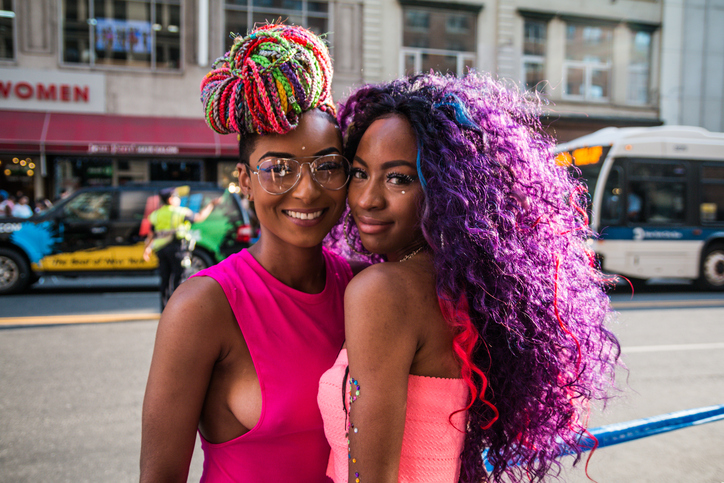With a bust of Roman Emperor Hadrian’s lover to a silver cup depicting men having sex, a new exhibition of artworks dating back 11,000 years could shine a fresh light on LGBT history, Britain’s most visited museum.
From September, the British Museum’s exhibition “Desire, Love Identity: Exploring LGBTQ Histories” will travel around the country with various artworks including a pebble featuring the world’s earliest known depiction of a couple having sex.
“Ain Sakhri Lovers”, a carved pebble thought to be 11,000 years old, shows two figures of uncertain gender making love, face to face, the museum said in a statement.
Discovered in a cave in the Judean Desert in Israel, it may have been used by the hunter-gatherers Natufians for fertility rituals.
“We’re hoping that it will be a catalyst that will drive new research into museum’s collections and stimulate further LGBTQ exhibitions and programming,” British Museum spokesman Stuart Frost told the Thomson Reuters Foundation.
Other highlights include the Warren cup, a 1st Century AD silver cup featuring scenes of men making love that was named after the 19th gay Bostonian art collector Ned Warren, who considered the object the “holy grail” of gay history as it showed the acceptance of homosexuality long ago.
In 1999, the British Museum bought the cup for 1.8 million pounds ($2.4 million), then the most expensive object the museum had ever purchased.
The exhibition tour will also feature a set of cups belonging to an 18th Century female couple known as the “two most celebrated virgins in Europe”, as well as the bust of Hadrian’s lover Antinous who died in mysterious circumstances.
Frost said the tour was an expanded version of a previous exhibition staged by the British Museum last year.
Established in 1753, the British Museum is Britain’s most visited museum, with almost six million visitors in 2017.
“It is hugely important that institutions like ours meaningfully present LGBTQ art and history,” Hartwig Fischer, the museum’s director, said in a statement.







